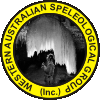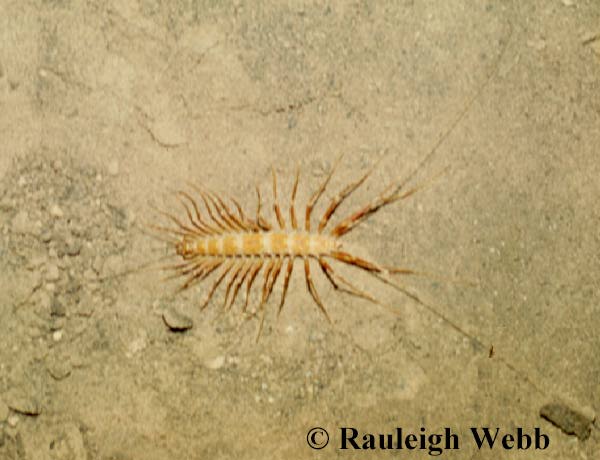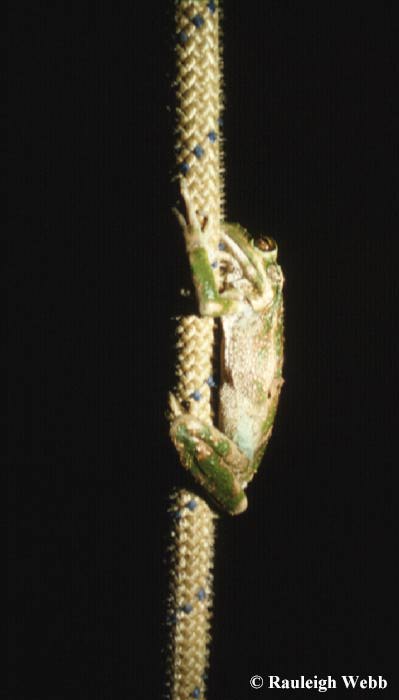History. This area extends from the Green Head Road in the south to the Irwin River in the north. The area first received attention from speleologists when W.A.S.G. explored River and Arramall Caves in 1960.
In 1963, Jennings visited the Stockyard Gully caves. On this trip E 1 to E 10 were described and positioned. Of these, Stockyard Bridge, Stockyard Tunnel and Stockyard Cave, together with Aiyennu Cave and Beekeepers Hole were the most significant.
In 1969, D.C. & J.W.J Lowry squeezed through a rockfall in Weelawadji Cave and added 1700 m of passageway to the known 300 m of cave (Lowry 1969). Since this discovery, only the extension of Beekeepers Hole (also known as Uniwa Cave) to 1.4km from 250m has been the major find in this area.
Geomorphology. The limestone of this area is an older aeolian calcarenite than that of the south-west.
The Stockyard System is formed by the Stockyard River which flows almost all of the year. The gorges between Stockyard Bridge and Stockyard Cave are explained by cave roof collapse (Jennings, 1971: 100). The actual cave is prone to flooding as evidenced by the large logs jammed high in the roof and the mud levels above the logs. Classic karst pavements are typified by Aiyennu Cave (Caffyn, 1973) where the calcarenite has collapsed, resulting in soil subsidence, leaving the kankar peppered with solution pipes.
The overflow of Lake Arramall has formed the two major systems of River and Arramall Caves. Arramall Cave contains the largest chambers which are the result of roof collapses. River Cave contains basic phreatic passageways which finally bifurcate and choke off with mud.
The Weelawadji system contains abandoned stream passages of varying dimensions from the 35 m wide entrance chamber to the small 4 m wide phreatic tubes some 500 m into the cave. The whereabouts of the stream which formed the cave is not obvious although it was thought to be part of the Arrowsmith River system.(Lowry, D.C., pers. comm.) Cave minerals collected from the Eneabba area are Brushite and Gypsum from Weelawadji Cave and these samples are held by Government Chemical Laboratories.
Fauna. A large amount of collecting has been done by J.W.J. Lowry in the Eneabba area. She kindly prepared Table 1 which indicates some of the fauna found in Arramall, River, Weelawadji and the Stockyard Gully Caves.
| Species | Common name | E1-3 | E22 | E23 | E24 | Comments |
|---|---|---|---|---|---|---|
| Baiami volucripes | Spider | ? | x | x | x | Other species occur including one blind species in E22 & E24. |
| Protochelifera cavernarum | Pseudoscorpion | x | x | x | x | Associated with guano. There are other small species. |
| Laevophiloscia yalgoonensis Vandel 1973 | Wood louse, pill bug, slater | x | x | x | x | Also tiny blind troglobitic isopods in E22 & E23. |
| Laevophiloscia unidentata Vandel 1973 | x | x | x | x | ||
| Laevophiloscia richardsae Vandel 1973 | x | x | x | x | There are several other species in all caves. | |
| Scutigeridae (Family) | Centipede | x | x | E 22 has a species with red legs and yellow spotted body in twilight zone and a blind species (different) in the dark zone (identified as Allothereua lesueurii by WAM staff) (very rare). | ||
| Collembola (Class) | Springtails | x | x | x | x | |
| Lecanomerus flavocinctus | Beetle | x | x | x | x | Abundantly established in E1-3. |
| Pseudoceneus sollicitus | Beetle | x | ||||
| Tripectenopus occultatus Britton 1974 | Beetle | x | Blind but pigmented. Has not been found alive since 1969 - could be extinct or very rare. | |||
| Shawella douglasi | Cockroach | x | x | Reduced eyes and pigment. Unidentified blind species, eyes present but white, in E22 & E23. | ||
| Apis mellifera | Honey bee | x | x | E24 - very ferocious (1974, 1978). E1-3 not active 1974. | ||
| Litoria moorei | Frog | x | Other species in E 3, E 24. | |||
| Hirundo neoxena | Welcome swallow | x | x | x | x | Important togloxene at entrances. |
| Chalinolobus morio | Chocolate bat | x | x | |||
| Chalinolobus gouldii | x | Not known from any other cave sites | ||||
| Eptisicus pumilus | Little bat | x | Occasionally seen. | |||
| Macroderma gigas | Ghost bat | Locally extinct | Many piles of fossil guano in E24 and possibly in E22. |




